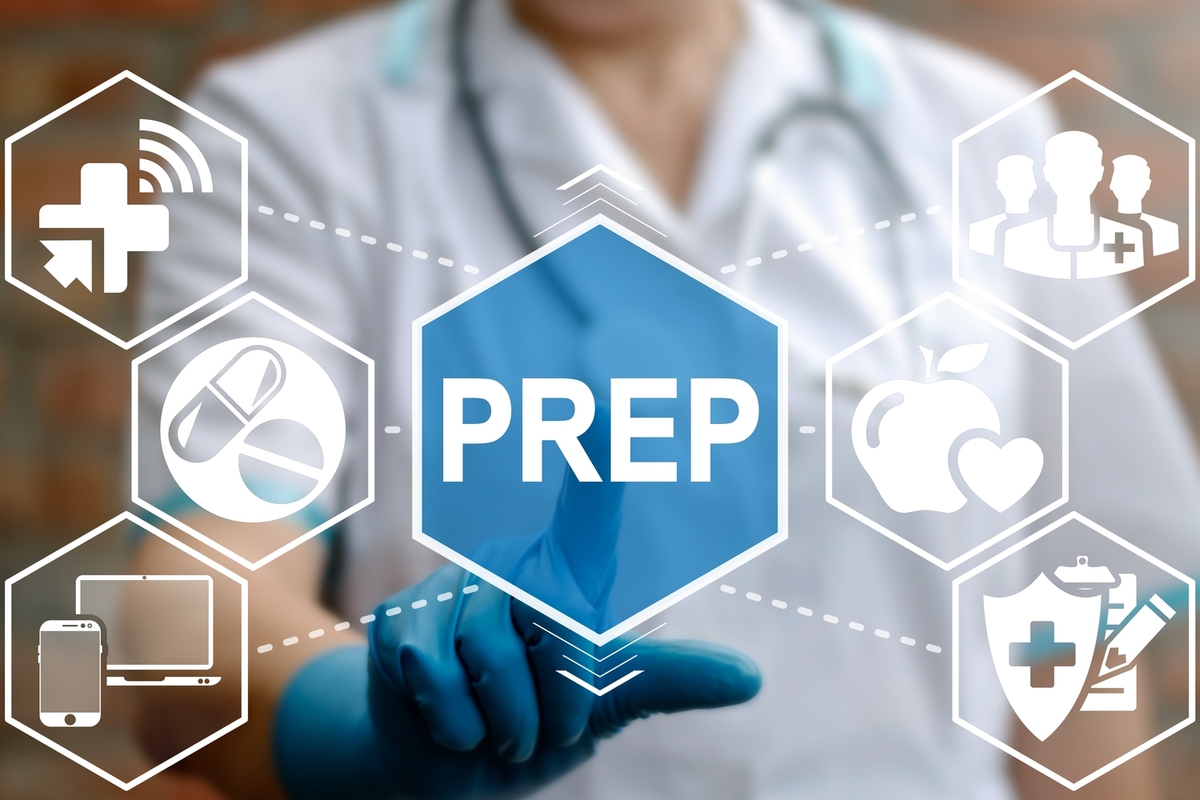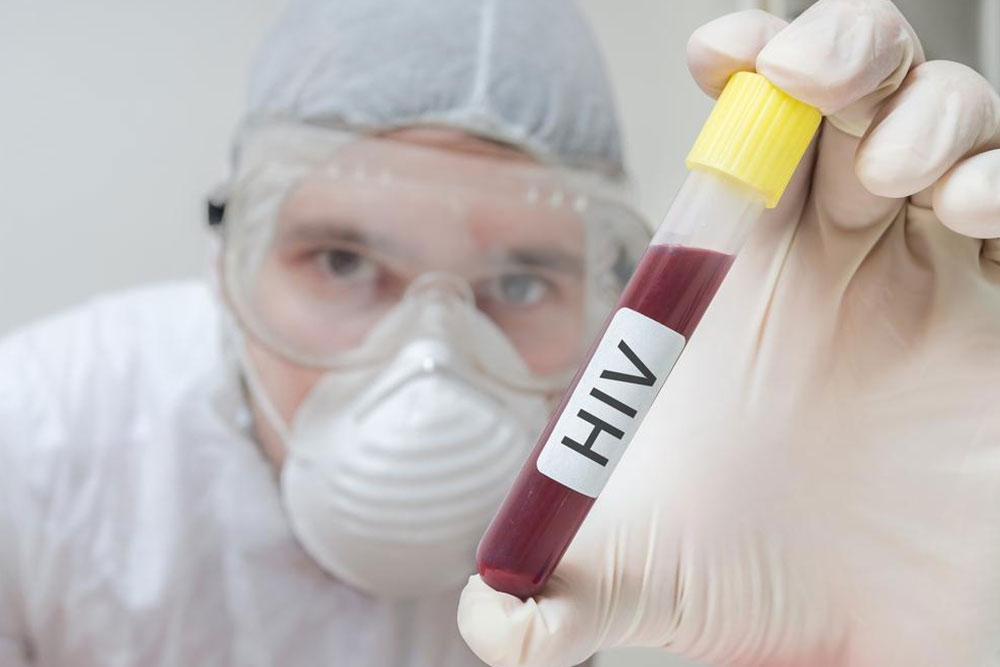Main Pathways of HIV Spread
This article highlights the primary ways HIV is transmitted, including unprotected sex, needle sharing, maternal transfer, occupational exposure, and unsafe blood transfusions. Understanding these routes helps in effective prevention. Proper precautions and awareness are essential in reducing HIV spread. Always seek professional medical advice for prevention and testing options.

HIV transmission occurs through contact with infected bodily fluids. The virus needs a living host and cannot survive outside the human body. It spreads primarily through specific physical exchanges, even in the absence of symptoms. Recognizing these routes is key to prevention. The main modes of HIV transmission include:
Unprotected Sexual Contact
The leading transmission route is unprotected sex. About 95% of infections result from sexual activity, especially unprotected anal or vaginal intercourse.
Needle Sharing
Sharing contaminated needles or syringes during injections can transfer HIV if blood from an infected person remains in the instrument.
Pregnancy and Breastfeeding
An HIV-positive mother may pass the virus to her baby during pregnancy, childbirth, or breastfeeding. Preventative measures can significantly reduce this risk.
Accidental Needle Sticks
Healthcare workers may be exposed through accidental needlestick injuries involving contaminated needles.
Blood Transfusions
Receiving infected blood due to lack of proper screening can lead to transmission. Strict testing protocols are essential for safety.
Note: Our aim is to promote accurate, reliable health information. Consult healthcare professionals for personalized advice. This article does not substitute professional medical guidance.


